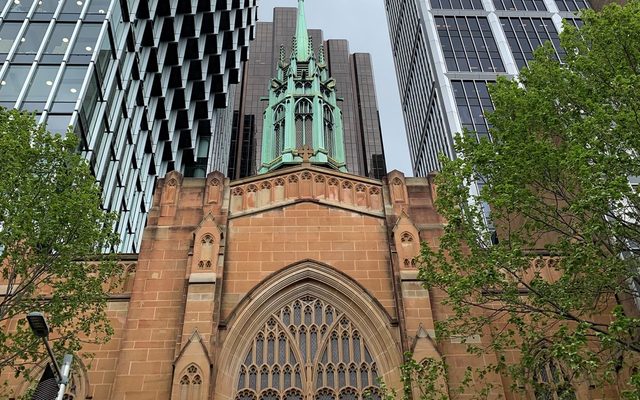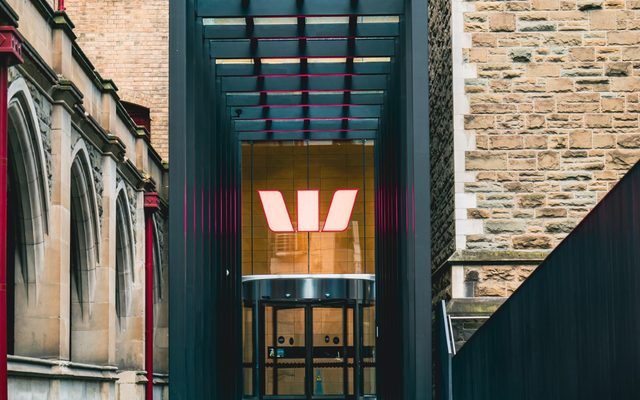This article is from the Australian Property Journal archive
OFFICE markets in Brisbane and Perth both recorded above-trend absorption throughout 2019 as they took their next steps along the recovery path.
JLL Research figures showed national positive net absorption of 15,200 sqm over the final quarter and 50,000 sqm over 2019, marking the weakest result since 2014. The national CBD vacancy rate fell by 0.3% to 8.3% across the year.
Andrew Ballantyne, JLL head of research – Australia, said business confidence deteriorated throughout 2019, translating into softer net absorption across a number of markets. However, Brisbane and Perth made it through “relatively unscathed” and posted net absorption results well above their long term averages.
Brisbane’s CBD recorded 28,900 sqm of net absorption in 4Q19 and 44,900 sqm over 2019, while the headline vacancy rate compressed by 1.5% to 11.7% over 12 months. Expansion in the resource sector is in expansion mode prompted BHP and the New Hope Group to increase their occupational footprint in the CBD towards the end of the year.
Ballantyne said the next phase of the Brisbane CBD office market recovery should be a moderation in leasing incentives. Prime gross effective rents increased by 3.2% 12 months, and should be stronger in 2020 and 2021.
Quarterly net absorption of 5,800 sqm was recorded in the Perth CBD, and of 28,900 sqm over the year, almost double the 20-year average of 14,700 sqm. Vacancy remains elevated at 19.1%, but the spread between prime (13.5%) and secondary (27.8%) continues to widen reflecting stronger occupier demand for prime grade assets.
Prime grade vacancy is now at its lowest since the middle of 2015. Similar to Brisbane, the expansion of resource related firms has seen Dampier Bunbury Natural Gas Pipeline and Mineralogy expand their footprint in the December quarter.
Ahead of a new wave of supply, Melbourne CBD’s recorded 11,700 sqm of net absorption over 4Q19 and 21,500 sqm in 2019, as the vacancy rate tightened to 3.4%, its lowest level since 1988. Prime gross effective rents increasing by 6.5% over the year.
“The Melbourne CBD has very high levels of pre-commitment for new developments scheduled to complete in 2020 and 2021. There will, however, be concerns about backfill space availability in the Western Core and pressures in the secondary grade market as vacancy is cascaded down to lower quality assets,” Tim O’Connor said.
Sydney was the only CBD office market to record negative net absorption in 2019, at negative 63,200 sqm, as vacancy increased to 5.0%.
O’Connor said the market was impacted by a confluence of factors in 2019, including decentralisation of NSW government departments, consolidation of Telstra and softer business confidence leading to an increase in sublease availability.
Conversely, Sydney metropolitan office markets had a very strong 2019 with 113,800 sqm of net absorption recorded across nine monitored markets, led by Parramatta (46,900 sqm), Sydney fringe (41,800 sqm) and North Sydney (22,500 sqm).
“New public transport infrastructure spending is having a positive impact on the accessibility and desirability of Sydney’s metropolitan office markets. We are only at the start of the delivery phase of these infrastructure projects and the tailwind provided from these projects will continue over the next five to seven years,” O’Connor said.
North Sydney (7.9%), Macquarie Park (6.6%) and Parramatta (5.3%) all recorded above trend prime gross effective rental growth as most of Sydney’s metropolitan office markets posted positive rental growth.
The Adelaide CBD was a quiet achiever in 2019 with net absorption of 9,500 sqm recorded. Vacancy remains above trend at 14.4% but demand for prime space is firm, with a 5.7% uplift in prime gross effective rents recorded over 2019.
In the national capital, a stronger second half was witnessed as the federal government moved out of caretaker mode following the election. Net absorption of 8,300 sqm was recorded, and a reduction in vacancy to 10.6% over 2019. Prime gross effective rents lifted 4.3%.




